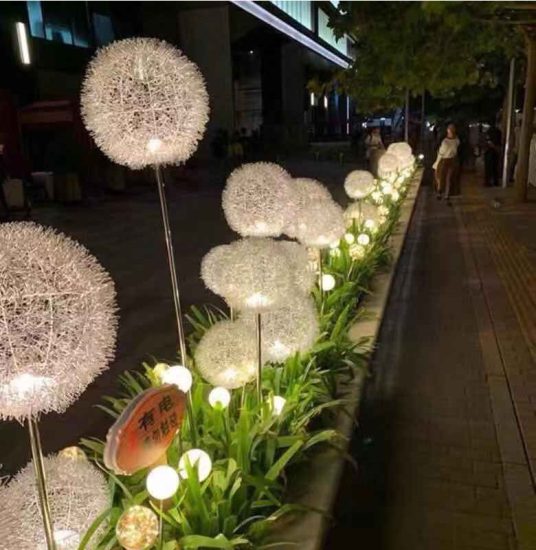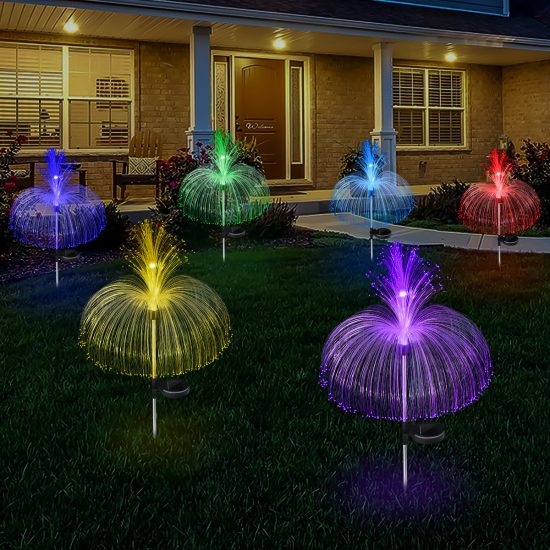Creating custom headlamp solutions involves several steps and considerations to meet specific needs. Here’s a general guide to crafting custom lighting headlamp solutions:
- Identify Requirements and Purpose:
- Understand the specific application or purpose of the headlamp (e.g., outdoor activities, industrial use, automotive, etc.).
- Determine the necessary brightness, beam distance, battery life, and any special features required.
- Research and Design:
- Research available LED technologies, optics, batteries, and materials suitable for the intended purpose.
- Design the headlamp based on the identified requirements, considering factors like beam type (flood, spot, adjustable), weight, size, and durability.
- Select Components:
- Choose appropriate LED modules based on brightness, color temperature, and power efficiency.
- Select suitable optics or lenses to shape the light beam as needed.
- Pick the right battery type and capacity to ensure sufficient power for the desired runtime.
- Prototyping and Testing:
- Develop a prototype based on the design. This might involve 3D printing for the housing and assembling the chosen components.
- Test the prototype extensively for brightness, beam quality, battery life, heat dissipation, and durability.
- Refinement and Optimization:
- Analyze the test results and user feedback to refine the design.
- Optimize the headlamp for better performance, longer battery life, and user comfort.
- Manufacturing and Production:
- Once the design is finalized, prepare for manufacturing. Determine the production scale and sourcing of materials.
- Partner with manufacturers or set up an in-house production line to manufacture the headlamps.
- Quality Control:
- Implement strict quality control measures during manufacturing to ensure consistency and reliability.
- Test a percentage of produced headlamps to ensure they meet quality standards.
- Packaging and Distribution:
- Design packaging that protects the headlamp and communicates its features effectively.
- Plan the distribution channels to reach the intended market or customers.
- Customer Support and Feedback:
- Offer customer support for any queries or issues regarding the headlamp.
- Encourage feedback to improve future iterations or models.
- Continual Improvement:
- Stay updated with advancements in LED technology and user needs to continually improve your headlamp solutions.
Remember, crafting custom headlamp solutions requires expertise in electrical engineering, design, manufacturing, and product development. It’s also essential to comply with safety regulations and standards applicable to your product. Working with experienced professionals or partnering with specialized companies may help in ensuring a successful outcome.


